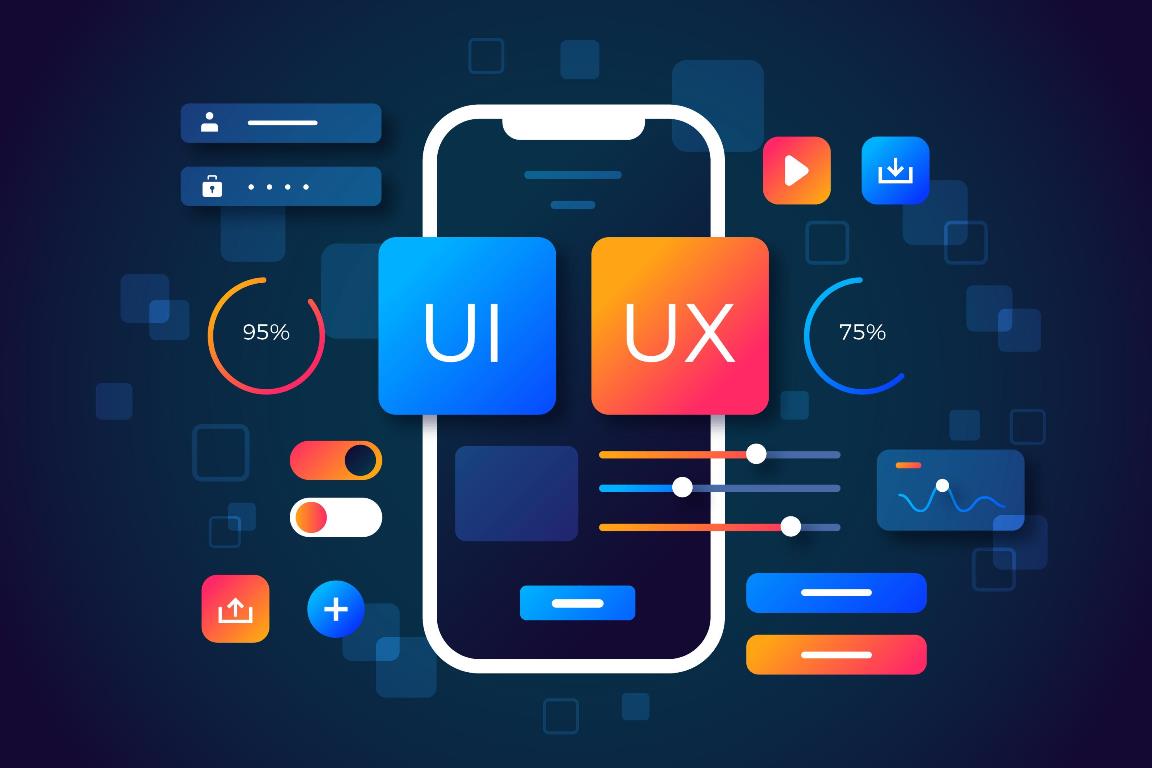The digital landscape is brimming with interfaces competing for our attention and clicks in our daily lives. In today’s competitive market, creating solutions that genuinely address users’ wants, objectives, and pain points is crucial.
This explains why the gospel of Human-Centered Design (HCD) is taking centre stage in this crowded space. It moves the user to the heart of the development process, ensuring interfaces are functional, intuitive, and delightful.
What is Human-Centered Design (HCD), and why should you care?
Human-centered design (HCD) is a methodology that places the user at the heart of the design process. HCD focuses on how people think, feel, and act daily.
It is the cornerstone of the user, customer, and service experience.
Human-centered design thrives on empathy. It asks designers to step into the user’s shoes and understand their needs, frustrations, and aspirations. This user-centric approach translates into clear, predictable interfaces that cater directly to user goals.
The Pillars and Guiding Principles of Effective HCD
- User-Centered: Every design decision prioritises the user. Usability testing and user research become essential tools, ensuring the interface resonates with the target audience.
- Consistent: Consistency in design language fosters trust and ease of use. Users shouldn’t have to re-learn how to interact with each new page.
- Responsive: In today’s multi-device world, interfaces must adapt seamlessly across desktops, tablets, and phones. Responsiveness ensures a frustration-free experience on any platform.
- Accessible: HCD champions inclusivity. By following accessibility guidelines, everyone can use interfaces, regardless of ability.
The Benefits: A Win-Win Proposition for all
Human-Centered design isn’t just about feel-good design; it’s a strategic investment. Here’s how it benefits everyone:
- Users: Increased satisfaction, improved accessibility, and a more enjoyable experience.
- Businesses: Reduced development costs, higher user retention, and a stronger brand reputation.
- Developers: A sense of purpose in creating solutions that truly matter and continuous improvement through user feedback.
The Iterative Process: From User Research to Launch
HCD is an iterative process. Here’s a glimpse into the key phases:
- Know Your Users: User research forms the foundation. Through interviews and surveys, designers deeply understand the target audience.
- Define the Problem: Data from user research is analysed to pinpoint the core issue the interface aims to address.
- Ideate and Design: Brainstorming sessions generate potential solutions. These are then translated into prototypes for user testing.
- Test and Iterate: User feedback is collected through usability testing. This feedback informs further refinement of the design.
- Launch and Maintain: The interface is launched, but the journey doesn’t end there. User feedback continues to be collected to ensure ongoing improvement.
Your Role as a Frontend Engineer/Architect:
Frontend software engineers play a crucial role in translating Human-centered design principles into reality. Your expertise in HTML, CSS, JavaScript, and frameworks like React brings the user interface to life, ensuring it’s functional, aesthetically pleasing, and performs well across devices.
Effective collaboration with UI/UX designers and product managers is key to maintaining design fidelity and aligning the interface with user needs and business objectives.

The Future of Design: User-Centric and Ever-Evolving
In an increasingly competitive digital landscape, HCD offers a clear path forward. By prioritising user needs and fostering empathy, we can design usable and loved interfaces. As technology evolves, so will HCD, ensuring our interfaces remain user-centric and deliver exceptional experiences.
Meet the writer:
Oluwaseyi is an accomplished Senior Frontend Engineer with over four years of experience specialising in user-friendly interfaces. He is very skilled at developing scalable solutions and engaging user experiences.







